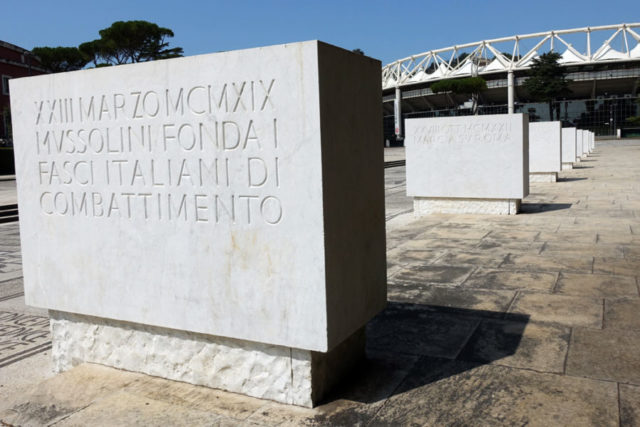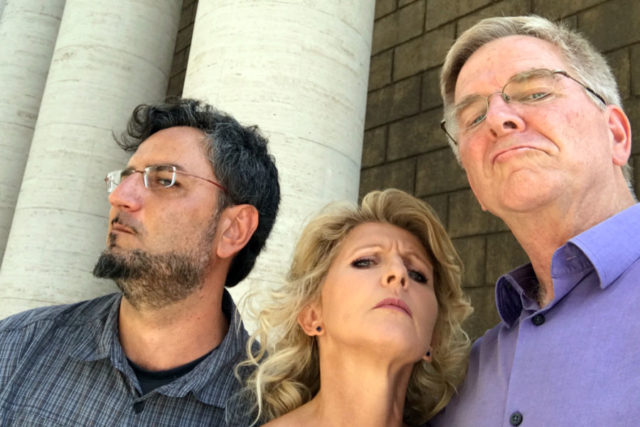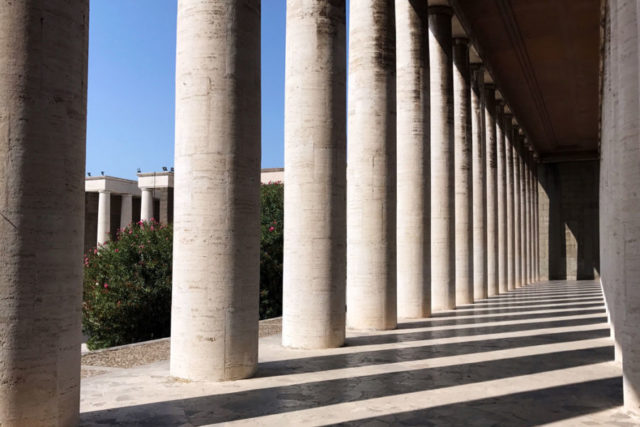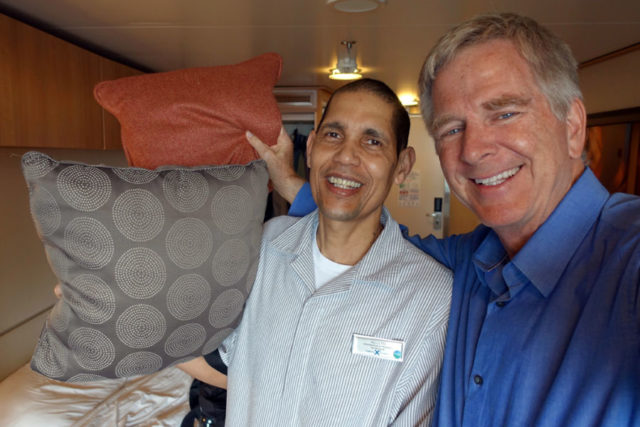On October 31, 1517 — 500 years ago today — Martin Luther nailed his “95 Theses” on the door of Wittenberg’s Castle Church, kicking off the Protestant Reformation. This courageous stand by one man sparked a century of conflict, changing Europe and Christianity forever.
In Rick Steves’ Luther and the Reformation, you’ll learn the story of a humble monk who lived a dramatic life. I visit key sites relating to the Reformation (including Erfurt, Wittenberg, and Rome) and explore the complicated political world of 16th-century Europe — from indulgences to iconoclasts, and from the printing press to the Counter-Reformation. It’s a story of power, rebellion, and faith that you’ll never forget. To watch, check your local public television listings or stream the full hour right here:




